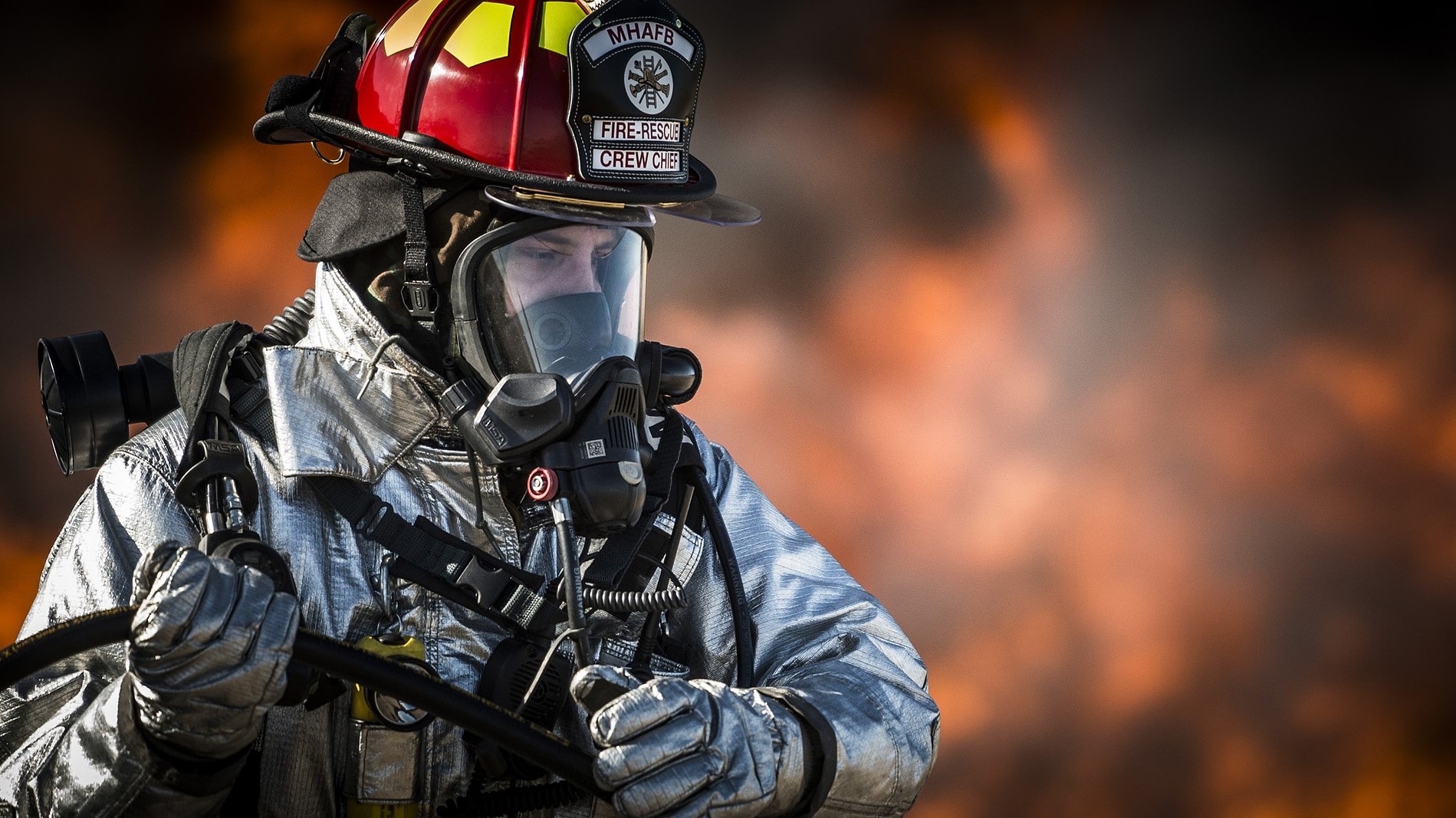IDC predicts that global shipments of wearable devices will hit almost 190 million units per year by 2022. When we think of wearable technology, we no longer just associate it with the consumer space. In fact, wearables within the enterprise is now a well-discussed topic. However, despite growing interest, we’re yet to see the technology fully take off within the business world.
Enterprise wearable predictions to date have fallen short and examples of internet-connected devices have lacked the mobility and security capabilities needed to support modern working environments. Despite this, there are examples of some industries making headway with integrating the technology into their enterprise IT, and organisations within sectors where wearables are yet to touch remain eager to discuss potential use cases.
For example, industries with a heavy reliance on frontline and field workers – such as logistics, manufacturing, warehousing and healthcare – are increasingly adopting solutions like assisted reality (AR) smart glasses. Other perhaps more surprising sectors are also joining the wearable discussion. One such industry is the emergency services sector. Decision-makers within the police, fire and ambulance services are beginning to recognise how they can best use these devices to enhance the mobile productivity of workforces, improve first-responder safety and better patient care.
- The future is virtual - why AR and VR will live in the cloud
- Lenovo launches ThinkReality to bring AR to the enterprise
- nreal unveils consumer and developer versions of its AR smartglasses
Wearables on the front line
While it’s important to note here that these discussions are still very much in the early stages, device manufacturers are seeing a growing appetite around use case testing and experimentation. So, how exactly can wearables assist first responders on the front line?

Let’s take the ambulance service as an example. Currently, paramedics work mostly in silo to hospitals. Existing systems mean that paramedics have to log patient details manually before handing over either a device or notes on arrival at the hospital. This can lead to a delay in patient information getting from an accident site to emergency teams waiting to give further treatment when the patient arrives. Paramedics can use AR smart glasses to receive and send vital patient information without disrupting diagnosis and the administration of triage. Not only does this keep the medic hands-free to focus on the patient, but also staff in the hospital are more prepared when the patient reaches them, improving both pre-hospital assistance and the continuity of care.
While paramedics are trained for a range of emergency situations, certain scenarios require precise skills and knowledge that are perhaps less common in the field than in a hospital setting. Using AR smart glasses, paramedics can utilise Remote Expert capabilities to access medical knowledge, guidance and information from hospital specialists through high quality image and video conferencing.

Wearables also offer numerous benefits to other areas of emergency services. For example, internet-connected technologies embedded into a firefighters’ suit or helmet can deliver important information on both the scene of the emergency and the firefighters’ location, oxygen levels, heart rate and temperature.
Challenges to overcome
We’re currently on the cusp of seeing these use-cases become a reality. However, as with all new technology, there are a few teething problems to iron out during initial experimentation phases. Considerations must be taken around the user-friendliness of equipment, including whether devices are lightweight, robust and reliable enough for use on the frontline. There are also infrastructure, data management and security, and connectivity issues to deliberate. For example, how will this technology be managed? How will devices like AR smart glasses fit into existing networks? Do services have the infrastructure in place to effectively and safely manage data generated by these devices? Or do they have access to the right connectivity to ensure the technology works correctly out in the field?
The rise of 5G and edge computing is helping organisations within emergency services resolve these potential issues. Edge computing helps organisations to resolve some of these challenges, while at the same time enabling new methods of gathering, analysing and redistributing data and derived intelligence. Processing data at the edge reduces strain on the cloud so users can be more selective of the data they send to the network core.
So, what does the future of wearables in the emergency services sector look like? While wearables remain in their infancy within the Blue Light sector, the technology is constantly evolving and those who are already testing out wearable technology are continually uncovering more potential use-cases.
David Sims, Solutions Sales Specialist at Dynabook Northern Europe
- Also check out our complete list of the best business VR headsets of 2019
source http://www.techradar.com/news/how-wearable-technology-could-assist-emergency-services


